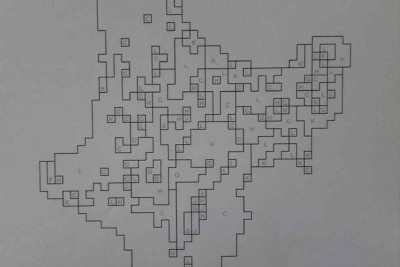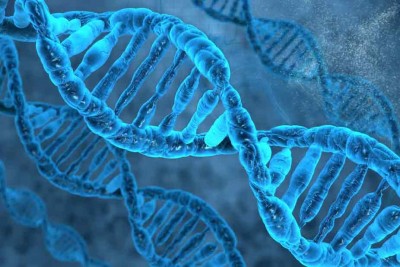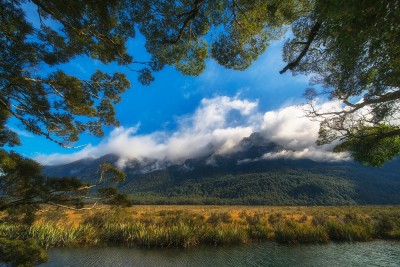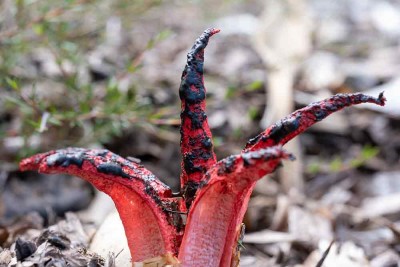Māori Summer Internships 2022-23
In this section
Poipoia kia rere – helping the fledgling to fly
These internships are open to tauira Māori in their 1st, 2nd, 3rd, or final year at University or Wānanga looking to grow their skills and career pathways in Māori informed and mātauranga Māori led research. Each intern was mentored through a kaupapa Māori-led programme plan and worked alongside experienced Manaaki Whenua scientists, and was paid the 'living wage'.
2022-23 was the second summer of the Poipoia Kia Rere programme, run by Manaaki Whenua.
Analysing collections data via playfull learning to make species distributions maps that explore climate change effects

Development of the proof-of-concept species distribuiton map
Location: Lincoln (but intern could be elsewhere)
The project is seeking to develop a tabletop game that through playful learning will allow pre-university students to gain an appreciation of how exactly how scientists use natural history collections data to make maps of where species could occur now and in the future under climate change.
In conjunction with Canterbury Museum we have developed a proof-of-concept approach. However, our engagement with local kura around co-design of the game has emphasised the importance of the game to be at least bilingual and centred around relevant species, and the goal of this project would be to begin that process.
Curatorial Assistant in the Allan Herbarium

Working in the Allan Herbarium
Location: Allan Herbarium, Lincoln
Manaaki Whenua holds in trust collections of plants, invertebrates, fungi and bacteria for the benefit of all New Zealanders. These National Significant Collections and Databases contain species found only in NZ, and as such are important taonga. The associated databases bring together important cultural knowledge. These collections are of special relevance to Māori because of the wealth of knowledge (including mātauranga Māori) they contain that hitherto had not been systematically gathered in this way
Interns will gain a better understanding of biosystematics and taxonomy in New Zealand by learning different processing techniques and methods used in preparing and digitising herbarium specimens through hands-on help with processes such as accessioning, databasing, imaging and filing.
Ecology of āwheto

Āwheto, Image © Hidden Forest, 2007
Location: Lincoln, with field work in the North Island
This project aims to identify the infectious pathway of āwheto (the vegetable caterpillar), a taonga to Māori. Āwheto is a structure formed by fungal infection of the ghost moth caterpillar, that leads to mummification of the caterpillar in the soil and the production of a fruiting body that was a key rongoā, pigment for ta moko.
For a number of reasons, including disconnection of Māori from their whenua and resulting loss of mātauranga, as well as loss of habitat for the host moth because of environmental destruction there is a critical need to rediscover knowledge about the ecology, and more specifically, the lifecycle of this taonga species.
Genomics of native species
 Location: Auckland
Location: Auckland
This project will focus on understanding the evolution and genetic characteristics of Aotearoa species, which may include taonga species.
To use genomic data from native species to understand characteristics related to species evolution and conservation. Genomic data allows us to understand the ways species have evolved and adapted to their habitats. Further, we can use these data to assess genomic characteristics such as diversity and relatedness in threatened species, that can be used to inform conservation management actions.
Māori resilience to nature's challenges

Wetlands & mountains
Location: Virtual and flexible
This research project explores what Māori resilience means to us as Māori planners, practitioners, and kaitiaki. It will gauge how and to what extent the resource management reforms (which are currently underway) propose to acknowledge, support, and enable Māori resilience.
Based on those findings, recommendations will be made to ensure that the reformed resource management system goes far enough and is fit-for-OUR-purpose. Because, for Māori, the reform is more than just once-in-a-generation opportunity to get this right: the reforms are a once-in-two-centuries opportunity to give effect to Te Tiriti o Waitangi and get the system right.
Mycology matters: Increasing visibility of hidden taonga in Te Kohinga Hekaheka o Aotearoa

Stinkhorn
Location: Auckland
This project aims to enhance value to iwi of the taonga that is Te Kohinga Hekaheka o Aotearoa NZ Fungarium (PDD) and to increase accessibility. Students will analyse locality data for Type specimens and addition of local iwi place names to that data; assistance with creating a template for providing mycology datasets for iwi using kaupapa Māori approaches; creation of display resources relevant to iwi. Imaging fungal spores for publication and the databases.
Thermal tolerance of plant metabolism under a warming climate

Kauri
Location: Palmerston North
Students involved in this project will be developing a measuring protocol to quantify the thermal tolerance of ` using the state-of-the-art technique, measuring protocol using the portable GFS-3000 gas exchange system/ chlorophyll fluorometer to determine the maximum temperature and critical temperature of leaf metabolism, leaf respiration and photosynthesis.
Ultimately knowledge gained from this project will better inform decision-making on the efficient use of the 1.4 million hectares of Māori freehold land assets under a warming climate.
